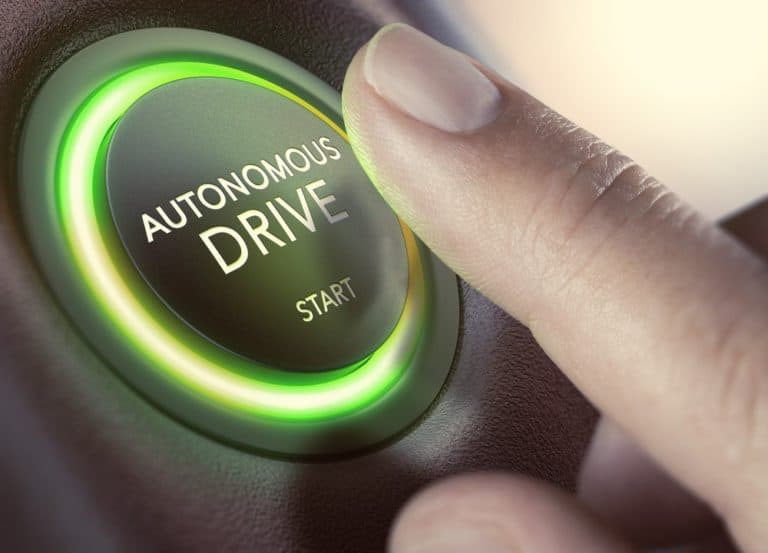The Dutch NXP announced today that it is taking over OmniPHY. The company is engaged in autonomous vehicles, with which NXP hopes to take steps in the field of Ethernet solutions developed for cars. The intention is to make NXP a one-stop shop for technology.
According to NXP, the acquisition will help efforts to do more with the networks of autonomous vehicles. OmniPHY is specifically focused on the development of automotive-oriented Ethernet, which will enable the rapid data transfer required for autonomous vehicles.
Extremely fast file transfer
NXP has already started to make Ethernet available for cars in cooperation with OmniPHY 1000BASE-T1. The intention is that this acquisition will provide the next generation of data transfer solutions for automobiles. One of the most important questions of the autonomous era is how data can circulate in a car as quickly as possible, according to NXP’s Ian Riches in a statement.
Car networks require high data capacity and fast file transfer to ensure they meet the high demands. Advanced autonomous driving systems should be able to handle at least gigabit speeds. Current plans for the next generation of vehicles require eight or more cameras, high definition radar, lidar and V2X support, according to the company. These requirements mean that terabytes of data may need to be processed quickly, and that requires NXP technology.
Failed takeover
Qualcomm announced in 2016 that it wanted to take over NXP. In February of that year, it offered the Dutch chip manufacturer 44 billion dollars in sunshine. But at the same time there was an offer from Broadcom to acquire Qualcomm and a long and drawn-out process began in which the Chinese government decided not to allow Qualcomm to take over NXP. As a result, Qualcomm formally took the decision last July and withdrew the takeover bid.
The acquisition of OmniPHY is part of NXP’s plans to continue independently.
This news article was automatically translated from Dutch to give Techzine.eu a head start. All news articles after September 1, 2019 are written in native English and NOT translated. All our background stories are written in native English as well. For more information read our launch article.